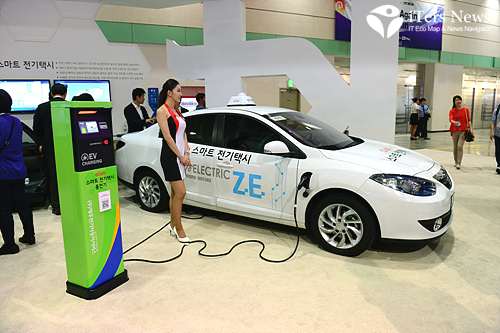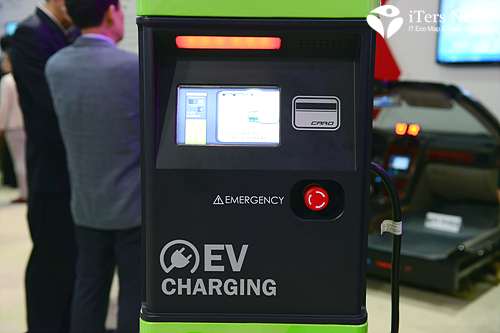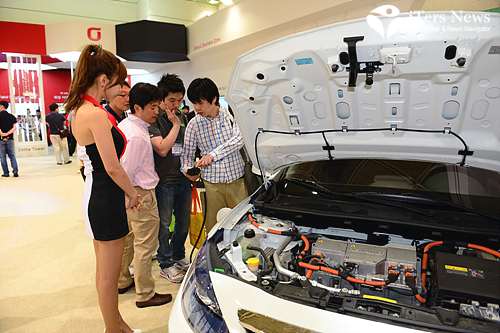Attended by Chung Man-Gi, the 1st vice minister with the Ministry of Trade, Industry and Energy of Korea, the ministry hosted a ceremony on Sept. 21 to form a government and industry consortium to develop high energy density EV batteries in a joint effort with its EV-battery alliance.

Led by the ministry, the consortium member companies include with some 27 EV and battery makers and other research organizations like LG Chem, Top Battery, Hyundai motors, Posco Chemtech, and W-Scope Corp. A total of 240 engineers from members will work together to develop the high-density battery.
According to the development plan, total 43 billion won will be invested to increase the energy density of the rechargeable batteries from 150Wh/kg to 300wh/kg by 2020. To have the 43 billon fund ready, the ministry will raise the 27 billion won and the private sector will finance 16 billion won
The government and industry consortium will conduct a research and development project to innovate 4 key technologies –anode and cathode materials, electrolytes and separators.
When it comes to anode materials, the consortium aims to enhance their total energy density by increasing the proportion of nickel materials from nearly 50% to 80% without compromising material stability.

True enough, the more nickel is crammed into cells, the stronger the energy density gets, but one drawback is that it gets easily volatile, becoming vulnerable to overheating and fires. How to stabilize the material volatility is a key to the developments.
In case of cathode materials, an impending issue facing the consortium is to develop silicon carbon-based cathode materials to replace the current graphite-based ones, because silicon carbon materials can secure ampler space for storing Li-ions than graphite materials.
Developing electrolytes and additives of high electrical and chemical resistance is another challenge, because the high resistance property helps maintain stability even in high-voltage (approximately 5.0V and higher) environment.

That’s because activating new anode and cathode materials to be developed will require 5 volt and higher voltage inputs.
A whole new breed of multi-layer separator membrane coating technology is also required to thin the thickness of the separator, which will keep in check the battery’s thermal expansion effects during the charge and discharge. Downsizing the thickness of the separator can help reduce its size and weight by 10% simultaneously.
The government and industry alliance will carry out a market research, sketch out a technology roadmap, and operate a cooperative network among the members on a daily basis to put corporate members’ technology developments to commercial use. It will also actively engage into a standard-setting activity.
Vice minister Chung said, “The development project of high-density battery technologies would serve as a catalyst to help seize leadership in the race for control of global EV and automotive battery market. With this project in place, the government has an ambitious plan to boost the country’s rechargeable battery exports from US$500 million in 2015 to US$3.7 billion in 2020.”


